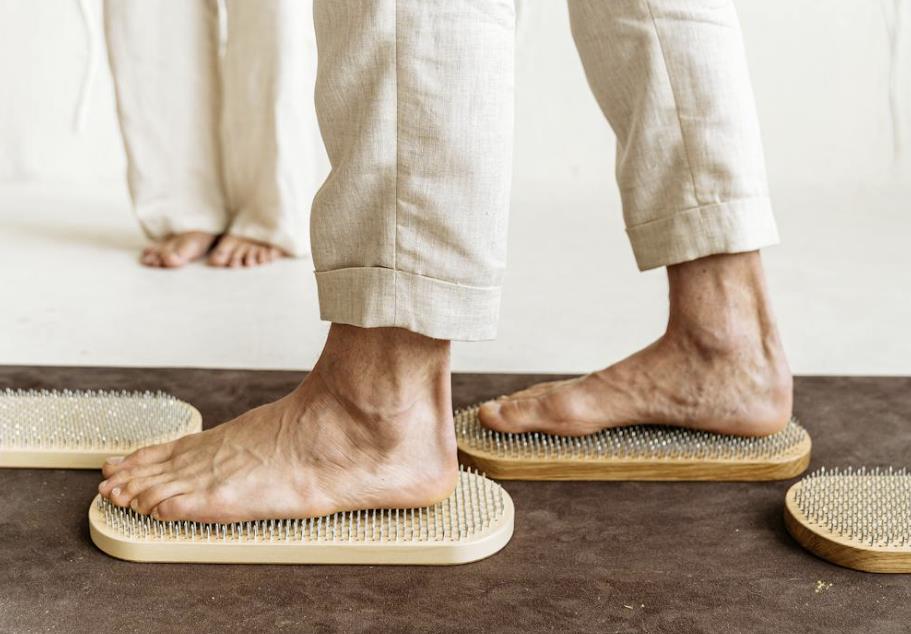A Journey Inside Your Body? Today I’m going on an epic journey through the human body. So, you want to watch. The trip starts as the human heads to the office lunchroom open his lunchbox, and finds me in there. What else has he got here? A turkey sandwich, some yogurt. I see he’s taken a bite of his sandwich. Oh, now it’s my turn. He’s pumped me into his mouth. Oh, it’s gone time. To be very honest is wet and warm here.
The mouth is the gateway to the digestive system. That system is designed specifically to transform food into useful nutrients that keep you energized and help you grow and repair. So, once you grab the first bite of whatever you’re eating, you turn on the digestion machine. As you chew, food is broken up into pieces to make the process easier. Saliva comes in handy as it mixes with food and breaks it down even more. That way your stomach doesn’t have to digest whole chunks of food. By the way, here’s a fun fact.
The amount of saliva you produce in a year could fill two medium-sized bathtubs. Almost a pool full of drool. Wow, it’s really raining spit in here. Whoa, I better watch out for these teeth. Wouldn’t want to end up like a Turkey boy over there. It’s hard since this guy is using his tongue to roll the food around in his mouth and toward his deed. I really don’t feel like becoming a jam today.
So, I’m going to just bypass all this chewing down the chute we go. We’re now heading into the throne. They also call it the pharynx Oh fork in the road. Which way do I go? We must go. Hang on. I think I took a wrong turn. Why is everything shaking? Oh, the poor human is coughing like crazy. Somebody gives them a nice slap on the back. There we go coming back up. Ooh, sorry, dude, who was close, almost ended up in his lungs.
That wouldn’t be very good. All right, I’m back on the road. So, let’s give it another try. I’ve correctly turned it into the swallowing tube that goes by the sophisticated name of the esophagus. I like to call it the food chute. But it’s a lot less space than I imagined. I’m kind of getting squished in here. Oh, how do I keep going down? Oh, I see.
The muscles in the walls of this guy’s esophagus are squeezing behind me and relaxing in front of me. This is a process called peristalsis. And it’s what moves me through your digestive system. A couple of seconds later, we’ve now reached the end of the tunnel. There’s a muscle here that opens the lead food into the stomach and keeps it from coming back out into the esophagus. It’s kind of like the TSA in a way. Hey, I’m just a tourist here, sir.
Please let me in. Yay. I’ve passed through the valve and into the stomach. It reminds me of a sack and let me try those walls. Whoa, that’s a struggle on its all muscle. I’m not surprised. The stomach holds mixes and grinds the food up into a mush. So, it must be pretty strong. Quite honestly, this doesn’t look too. Oh, my What’s that?
Oh, that bruise like crazy. I get to get out of this stomach acid or else I’ll turn into a liquid or paste-like turkey sandwich over there. That’s okay, I’ve come prepared. I brought this handy dandy little device that’ll encase me in a protective bubble. Your food usually doesn’t have this but hey, I got Connections is classified. I just must push this button. There. Now I can keep talking to you the whole way instead of turning into great jelly.
Next up is the small intestine. This long coiled snaky organ is made up of three sections. When I say a long time meet it if you spread it out, which I don’t recommend doing because you need it to be coiled and inside of you. You get a tube that’s over 20 feet in length. Yeah, that’s if a giraffe is tall, all stuffed into your insides. I must say it’s warm in here. almost feels like a tropical resort. Except I’m in an ocean of bile.
Oh yeah, I protected in my little bubble. No worries. bile is crucial to digest fat and taking all the waste out of your blood. So be thankful your liver produces it. your pancreas also helps the process with some good enzymes. And that thing over there that looks like a pear. That’s the gallbladder. It’s located under the liver and keeps bile in it until the right moment comes. Man, this thing really is coiled. Hmm. I’m getting kind of dizzy from the twists and turns. But no going back now.
These contracting intestinal walls keep pushing me forward. Looks like I’m already in the final section of the small intestine. And on to the next leg of my journey. The large intestine is also known as the colon. It’s a muscular tube that’s five to six feet long. Hold the phone. Do you hear that? I’m not alone. I’m surrounded. are coming in closer.
It’s bacteria. Oh, there are tons of them in here. Oh, is this person sick with some intestinal parasite or something? Yeah, your intestines need good bacteria to help them break down food, vitamins, and nutrients so that your body can use that sub-beat. Hey, what’s that little dangly thing over there at the entrance? Ah, that must be the appendix. It doesn’t do much besides house bacteria that might be released into the gut.
It’s also got some issues that are useful for your immune system. But it’s mostly a useless little thing. So, people can still live without it. Hey, if your appendix gets inflamed, a doctor will cut it out of you really looks like this guy still has his good for you. Anyway, we’re now in the large intestine. And I’m glad it’s a little roomier in here. Had I not grabbed my fancy top-secret protective bubble; I’d be talking to you now as a liquid yellowish mush of waste.
As these muscle contractions pushed me through the colon, I’d have all the water sucked out of me. My final form stools. Yep, poo good number two, whatever you like to call it. It’s formed in the large intestine. Still loads of bacteria all over the place. They’re hard at work as well, there can’t be too few or too many. Otherwise, you’d have digestive problems like food intolerances, they also play a major role in your immunity. And that’s why you have trillions of them in your gut.
Hey, keep up the good work, guys. I’m on my way through the left colon. When it gets too full of stool, it decides to dump it all into the rectum because it can’t hold it all by itself. It usually takes about 36 hours for what’s left of your food. Not much now just waste to reach this point. But I’ve been speeding through this journey because I’ve got some other great stuff to do.
So, let’s head to the rectum already. Geronimo. The rectum is a straight chamber that’s about eight inches long. It has special sensors like this one or that one there that lets you know there’s something you should get rid of. They send a signal to the brain when stool or gas want to make their exit. That’s about the time when a thought pops up in your brain. Oh, gotta go to the bathroom.
If the moment is right for you, that is you find a toilet. The sphincter is relaxed, and your stool makes its exit. But buy pizza from yesterday’s breakfast. What? No one else here has cold pizza for breakfast. All right, then let me know in the comments what your typical breakfast looks like. Anyway, when the moment isn’t exactly right to release stool just yet, your sphincters contract.
Those rectum sensors help so that the urge to release its contents disappears for a while. You should be happy when your rectum and stinkers are working hard to keep stuff in when the timing isn’t good. Like when you’re driving to work on a date, getting groceries sleeping. But when you just can’t resist the urge anymore. The external sphincter gives you a couple more minutes or however long you need until you make it to the bathroom.
Well, not sure if the human is ready. But I’d really like to go now. Maybe I can hotwire these sensors to make my great escape. Oh, yeah, this guy is at work, isn’t he? This is going to be awkward. Of course, normal food doesn’t leave your body in such a graceful manner. You wouldn’t even recognize what was what. But as for me, Gilbert, the grape, I still have important things to do today. So hey, Bob, let’s hit the john. I’m out of here.

Read More – Golden Chains of Laburnum / The Snapping Turtles (Chelydra serpentina)






